It's 11pm on Sunday and everything is closed, so I'm taking a break from my break. My body still seems to think it's on Chicago time, which will help me rejoin American civilization on Tuesday, though at the moment it means my body thinks it's 6pm and wonders what it will do for the next three and a half hours or so.
I have accomplished what I set out to do this weekend. I visited the British Museum, the Southampton Arms, and another pub a friend recommended, The Phoenix. I've also finished Clean Coder, read Snow Crash cover to cover, and have gotten mostly through High Fidelity. The last book in the list connects Chicago and London—specifically, Camden and Gospel Oak, two neighborhoods I spent time in this weekend—more completely than any other book I can think of.
Tomorrow evening (morning? it's hard to tell) I'm flying out on a 787, about which I will certainly have something to write. I'm quite jazzed about it.
Now, back to Nick Hornby...
I debated this question with someone at a dinner a couple weeks ago. She suggested higher megapixel numbers told you more about the ego of the camera buyer than about the quality of the images.
I said it depends on how you're using the photos, but generally, more data yields more useful photos.
Here's an illustration, using a vaguely-recognizable landmark that I happened to pass earlier this weekend, and just happened to have photographed with three different cameras. All three photos are from approximately the same location at approximately the same time of day. Obviously there are some differences, but the illustration should work regardless.
Let's take a look at three images stored as 600x900 JPEGs and displayed at 500x750, the standard size for this blog. First, let's see one from a Kodak DC4800 in February 2001, 13 years ago. The original size was 1440x2160 at 3MP:
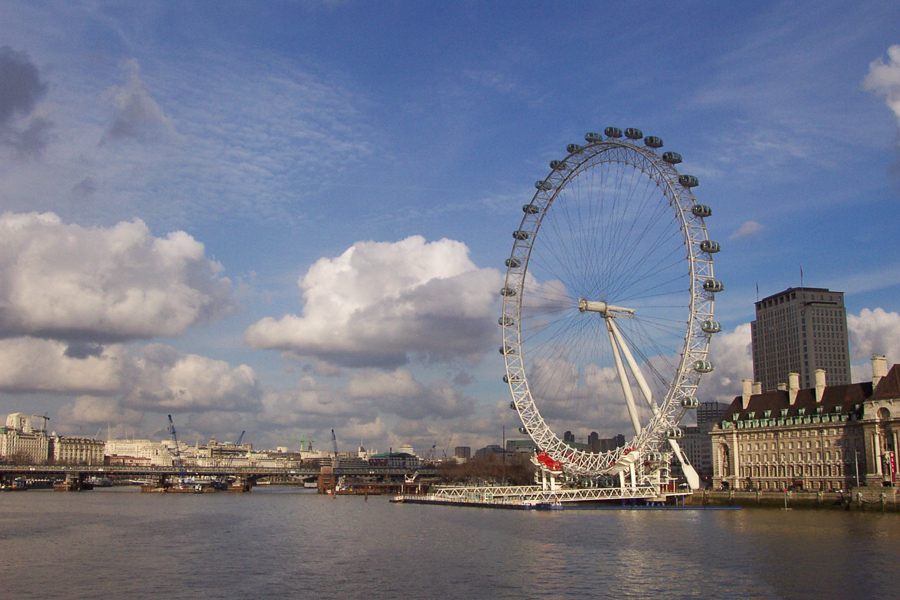
Now skip forward to August 2009, using a Canon 20D shooting a 2336x3648 JPEG at 8 MP:
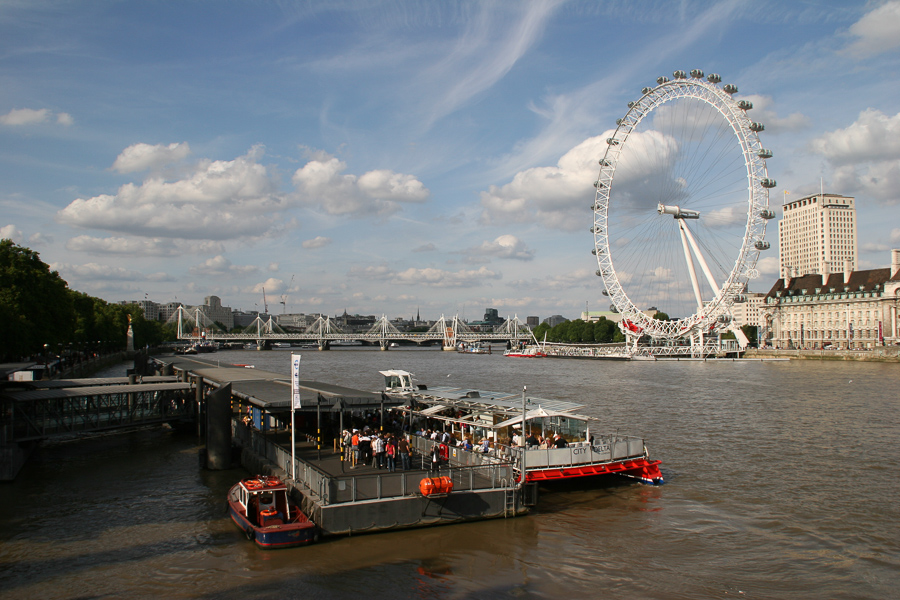
Finally, two days ago, using a Canon 7D shooting raw at 3456x5184 (18 MP):
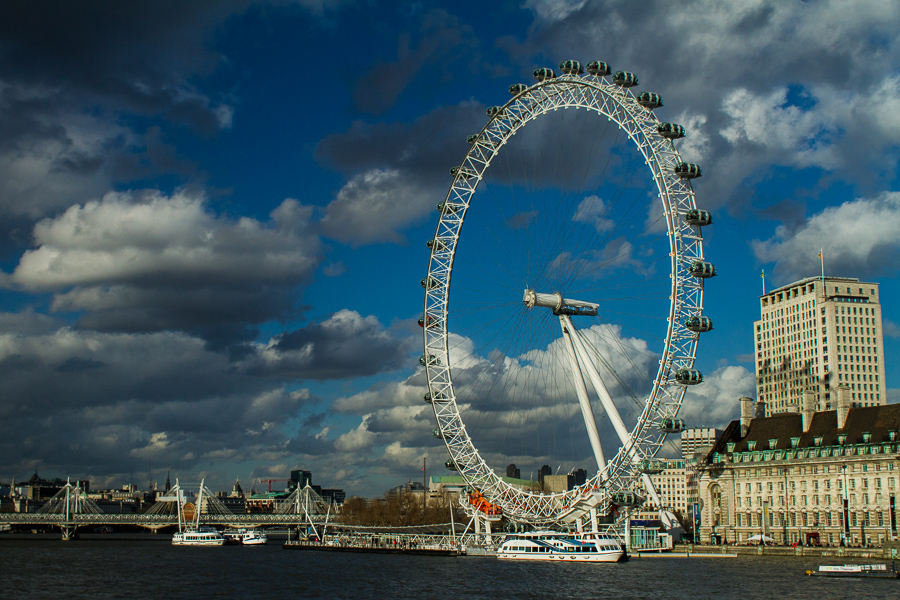
The photos look pretty comparable at this resolution, don't they? So let's zoom in on a 150x150 pixel view of each:
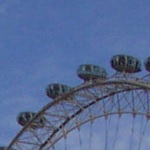
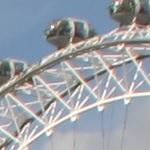
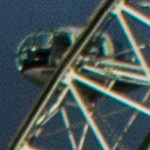
So each one has successively more data than the previous, which becomes obvious when you zoom in.
Another difference: I shot the one from this weekend using the raw format, which preserves all of the information the camera had available at the time of the photo. JPEG images are lossy; they always leave some information out. And because raw images are easier to manipulate using software, I was able to make the third photo a little bit better than I could make the other two.
So are more megapixels more useful? Not if you're just putting up blog posts, but for serious photography, absolutely.
Calumet Photo, one of the last real photography stores, has closed abruptly:
Calumet Photographic, a Chicago-based camera supply and photo services provider that first opened 1939, has abruptly closed its doors and filed for Chapter 7 bankruptcy protection.
Calumet said on its Facebook page that it was closing its stores in the United States, but that its European stores would remain.
In its Chapter 7 filing, in which a company prepares to liquidate, it listed between $50 million and $100 million in assets and $10 million to $50 million in liabilities.
I rented lenses from them for my trips to Korea and Sint Maarten recently, and I found them truly helpful on other photographic issues. This is a big blow to photography.
One of the funnier things I've seen recently:
Someone forwarded me a year-old short story by Neil Gaiman the Guardian published last spring. It begins:
The Thames is a filthy beast: it winds through London like a snake, or a sea serpent. All the rivers flow into it, the Fleet and the Tyburn and the Neckinger, carrying all the filth and scum and waste, the bodies of cats and dogs and the bones of sheep and pigs down into the brown water of the Thames, which carries them east into the estuary and from there into the North Sea and oblivion.
It is raining in London. The rain washes the dirt into the gutters, and it swells streams into rivers, rivers into powerful things. The rain is a noisy thing, splashing and pattering and rattling the rooftops. If it is clean water as it falls from the skies it only needs to touch London to become dirt, to stir dust and make it mud.
Read the rest here.
 I'm David Braverman, this is my blog, and Parker is my 7½-year-old mutt. I last updated this About... page in September 2011, more than 1,300 posts back, so it's time for a refresh.
I'm David Braverman, this is my blog, and Parker is my 7½-year-old mutt. I last updated this About... page in September 2011, more than 1,300 posts back, so it's time for a refresh.
The Daily Parker is about:
- Parker, my dog, whom I adopted on 1 September 2006.
- Politics. I'm a moderate-lefty by international standards, which makes me a radical left-winger in today's United States.
- The weather. I've operated a weather website for more than 13 years. That site deals with raw data and objective observations. Many weather posts also touch politics, given the political implications of addressing climate change, though happily we no longer have to do so under a president beholden to the oil industry.
- Chicago (the greatest city in North America), and sometimes London, San Francisco, and the rest of the world.
- Photography. I took tens of thousands of photos as a kid, then drifted away from making art until early 2011 when I finally got the first digital camera I've ever had whose photos were as good as film. That got me reading more, practicing more, and throwing more photos on the blog. In my initial burst of enthusiasm I posted a photo every day. I've pulled back from that a bit—it takes about 30 minutes to prep and post one of those puppies—but I'm still shooting and still learning.
I also write a lot of software, and will occasionally post about technology as well. I work for 10th Magnitude, a startup software consultancy in Chicago, I've got more than 20 years experience writing the stuff, and I continue to own a micro-sized software company. (I have an online resume, if you're curious.) I see a lot of code, and since I often get called in to projects in crisis, I see a lot of bad code, some of which may appear here.
I strive to write about these and other things with fluency and concision. "Fast, good, cheap: pick two" applies to writing as much as to any other creative process (cf: software). I hope to find an appropriate balance between the three, as streams of consciousness and literacy have always struggled against each other since the first blog twenty years ago.
If you like what you see here, you'll probably also like Andrew Sullivan, James Fallows, Josh Marshall, and Bruce Schneier. Even if you don't like my politics, you probably agree that everyone ought to read Strunk and White, and you probably have an opinion about the Oxford comma—punctuation de rigeur in my opinion.
Thanks for reading, and I hope you continue to enjoy The Daily Parker.
Today seemed like the right moment to recollect this short poem from Luis d'Antin van Rooten's Mots D'Heures: Gousses, Rames:
Raseuse arrête, valet de Tsar bat loups,
Joues gare et suite, et sot voyou.
As van Rooten's commentary makes clear, the wolves were really at fault.
When I last visited St. Martin five years ago, I struggled a bit to get through the heavily-defended border between the French and Dutch sides. I am happy to report that the two countries have made significant improvements to the border since then. For starters, they've put up a brand-new sign:

Unfortunately, it appears that an aggressor nation has taken over part of the French side:

All right, I'm wasting time writing a blog post when I could do it with something else. If only this Internet connection were faster, I could be offline a lot faster.
I've gone to my remote office to do some work. Unfortunately, they wouldn't let me sit in the beer garden:
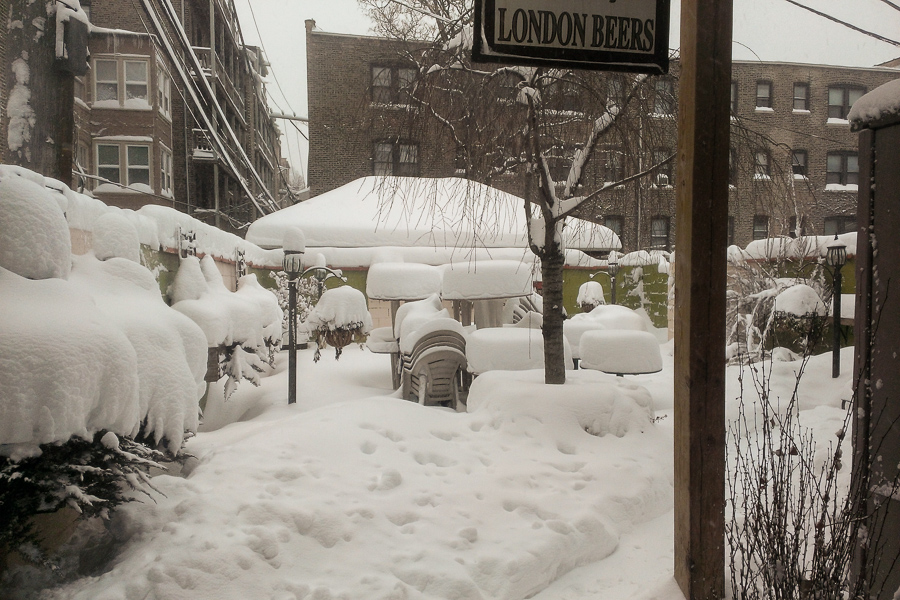
Fortunately, I found an acceptable seat inside:
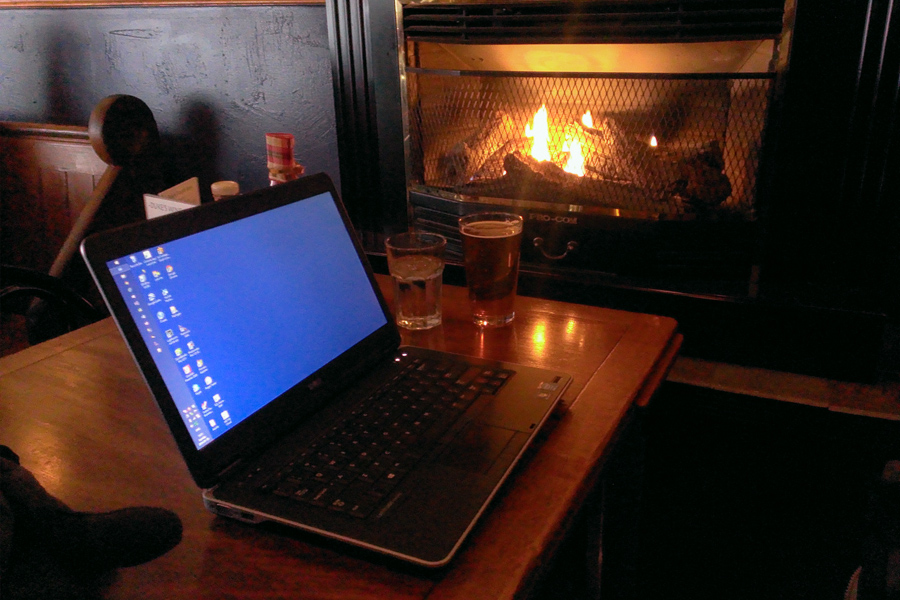
My real office is closed tomorrow because no one wants to commute on the coldest day since 1995. I hope something is open. Or at least, I hope someone delivers.
Well, I mean, it's already 2014 in time zones east of UTC+8 (Singapore, Tokyo, Australia), but here in Chicago it's 10:30 in the morning. Which means, here in Chicago, many creative works created before 1 January 1924 are still protected by copyright. Many, like the last 10 stories about Sherlock Holmes:
A US district court in Illinois found itself wading into the details of the fictional detective's imaginary life this week in a copyright ruling on a forthcoming collection of original short stories featuring Holmes characters.
Ten Holmes short stories, however, were published after 1923, the public domain threshold pinpointed by Melville Nimmer in his authoritative Nimmer on Copyright. Details from the last ten stories could still be subject to copyright claims by Conan Doyle's descendants, Judge Rubén Castillo ruled on Monday, in a decision that went unnoticed until Friday.
In protecting the last ten stories, however, Castillo reinforced access to the rest of the Holmes oeuvre. Castillo rejected an argument by the Conan Doyle estate that some aspects of pre-1923 Holmes were not plainly in the public domain because the stories and characters were "continually developed" through the final ten stories, which will not entirely enter the public domain until 2022.
Yes, 2022, thanks to the Mickey Mouse Protection Act that extended corporate ownership of copyrights to 90 or even 120 years in some circumstances. (The last Holmes story is from 1932.)
This is an interesting ruling to me. The court has drawn a clearer distinction between ideas and expression, which I think is the intent of copyright law in the first place.
It's not an earth-shaking ruling, though, and I don't think it changes much. Still, I'll be watching for an appellate ruling on this.